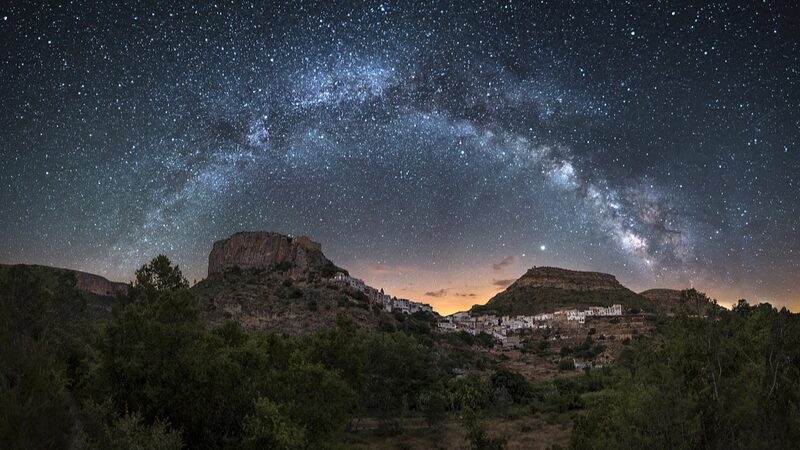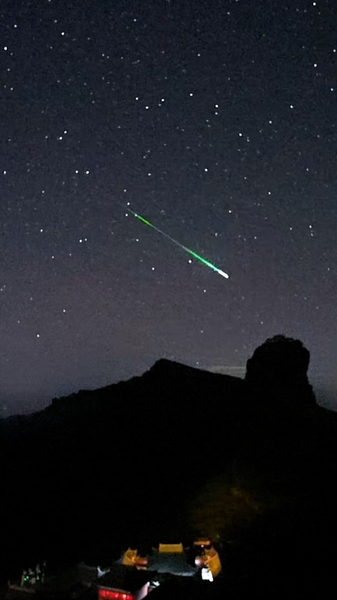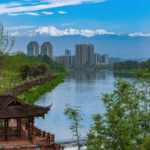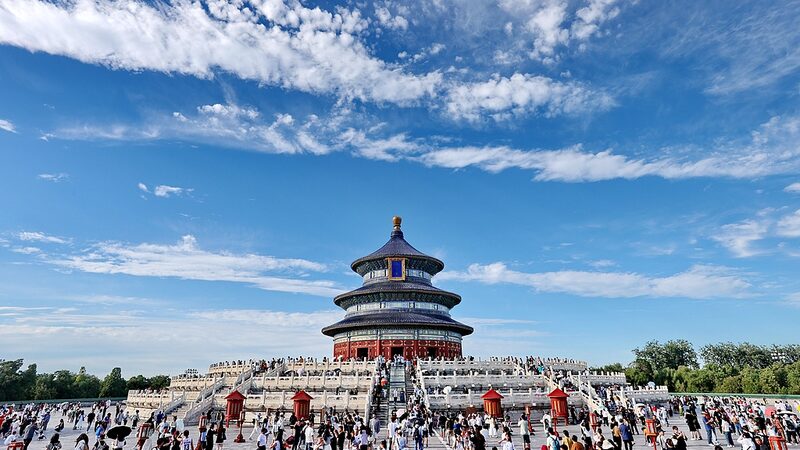From Smog to Stars: How Clean Air Transformed Night Sky Photography
For Tianjin-based astrophotographer Yang Jing, capturing the Milky Way used to feel like a mission to Mars. A decade ago, smog in the Beijing-Tianjin-Hebei region often obscured celestial views, forcing enthusiasts to trek to remote areas like Inner Mongolia. 🚗💨 \"We’d chase windy nights like they were concert tickets,\" Yang recalls.
But the script has flipped since 2014’s coordinated environmental efforts. PM2.5 levels plummeted from 106 µg/m³ in 2013 to 37 µg/m³ by 2022 – creating a photographer’s paradise. 📉🌌 \"Now I sometimes capture Orion’s Belt right from my suburban backyard,\" Yang says, having logged 100+ celestial events in 2022 alone.
More Than Meteor Showers
Beyond documenting Geminid showers, Yang’s lens now reveals distant nebulae and galaxies. Her journey mirrors the region’s ecological revival: \"Mountains regrew their emerald coats, rivers polished their mirrors.\" 🌳💧 As air clarity improves, Yang’s expanding portfolio includes technical astrophotography tutorials, hoping to inspire a new generation of sky watchers.
\"Every clear night feels like the universe texting us a love letter,\" she laughs. With regional green initiatives continuing, both scientists and stargazers predict even brighter nights ahead. 🔭✨
Reference(s):
Improved air quality gives rise to stargazing in Beijing-Tianjin-Hebei region
cgtn.com





